Holden is 75 years old this week.
Sadly “retired” by overlords General Motors in 2020, “Australia’s Own” came to embody post-war Australia's prosperity, but one that – like the company’s market share – could not be sustained beyond a certain point against the backdrop of a rapidly-changing world.
Still, something interesting and even vital occurred every single year, even after Holden’s demise.
So, 75 years on from November 29, 1948 – when Australian Prime Minister, Ben Chifley, proclaimed “She’s a beauty!” as that very first production 48-215 ‘FX’ came off the Fishermans Bend assembly line – we revisit Holden’s past through the lens of hindsight, while holding on hope that GM resumes the narrative in the future.
Because, if there’s one thing Holden’s afterlife is teaching us, it's that a lot of people don't want the story to be over, so let’s go!
1948: In April, 10 secret pre-production pilot 48-215s hit the road for testing, following two years of development using five handmade prototypes, in which the first three were built in Michigan, USA. Just 112 FXs were manufactured in 1948, each costing £733, or $53,210 in today’s dollars. Besides Holden, names considered included the Anzac, Canbra, Emu and Melba. The name was officially settled upon on September 1.
1949: Thursday, February 24 – the date that BHP Managing Director, Essington Lewis, received his 48-215. That car, Victorian registration number EL-797, was the first retail delivery of any Holden, and still exists. Public sales commenced the next day.
1950: With over 90,000 orders, demand for the 48-215 far exceeded supply, with wait times stretching to two years. We can relate!
1951: The second 48-215 body style was introduced as the 50-2106 utility. Waiting lists topped 70,000.
1952: Not only had the Holden ousted the Austin A40 as Australia’s best-selling vehicle, it fuelled an obsession for car-related news, prompting the establishment of our first national motoring magazine in October; Wheels debuted the following May.
1953: The FJ represented more than a toothy facelift of the original 48-215 – it was an automotive rite of passage for rebellious teenage Baby Boomers of the Sixties and Seventies. Not coincidentally, it also ushered in Holden’s first panel van…
1954: The FJ was the first Holden to be exported. New Zealanders were the lucky recipients.
1955: Holden bought 877 hectares of land near Lang Lang in Victoria. Prior to that, the FX, FJ and the following year’s rebodied FE were tested on public roads, mostly in and around the Dandenong Ranges.
1956: The completely redesigned and substantially improved FE Holden debuts to national hysteria. It seemed a whole decade newer than the 48-215/FJ series, which were actually based on a discarded Chevrolet small-car proposal from 1938.
1957: Holden finally released its first wagon. Confusingly dubbed Station Sedan, Aussies went berserk for the family-adventure-enhancing lifestyle it offered, creating massive waiting lists. The precursor to today’s SUV.
1958: The FC was a mildly facelifted FE, helping take Holden to an unequalled 45.5 per cent market share. With just a single model. Incredible.
1959: Spooked by the unexpected runaway success of the Volkswagen Beetle and likely also prompted by Holden’s market stranglehold in Australia, GM, Ford and Chrysler in the US released smaller family cars known as ‘compacts’. The most popular among these was Ford’s Falcon. Holden’s nemesis was born.
1960: The bloated FB wore an all-new yet dated body, signalling the end of Holden’s extended honeymoon period with buyers. Hubris had set in. From September, the XK Falcon provided its stiffest competition yet.
1961: The nearly-identical EK facelift brought the first Holden automatic to market.
1962: Launched mid-year, the low-slung EJ was a far-more modern adversary for the sleek Falcon, debuting the luxury Premier grade that was going to be called the ‘Super Special’ until soberer heads prevailed. The millionth Holden was also produced.
1963: Though just an EJ facelift, Australians loved the handsome EH’s squared-off styling and strong new engine choices that finally ditched the 48-215-era grey motor. Arguably the most beloved Holden ever, it convincingly outsold Falcon.
1964: Japan had used Australia as a testbed for its fledgling vehicle exports, gaining an early market foothold here. Toyota commenced local assembly the year before, but by late 1964, its first real breakthrough success came with the Corona, and the brand never looked back. Holden responded with the lame (yet popular) Vauxhall Viva from the UK.
1965: Yet another complete Holden redesign arrived, in the form of the oddly-proportioned HD series. Lacking the universal appeal of the smaller EH it succeeded, sales started tapering off, leading consumers to stray… especially towards Falcon.
1966: The HR facelift arrived just 14 months later, with better styling, more power and seatbelts! But Ford’s response was the handsome XR Falcon later that year, complete with a V8 option.
1967: Holden released the HB Torana, a rebodied Vauxhall Viva with much nicer styling. Australians quickly made it our best-selling small car.
1968: Another complete redesign, the HK introduced the famous Kingswood and Monaro nameplates, as well as an imported V8 choice. But the Brougham – a Premier with a longer boot – flopped against the hot-selling Falcon-based Fairlane.
1969: Holden restyled the HB Torana as the LC series, adding six-cylinder power options – including the racy GTR that later won Bathurst. Meanwhile, the lightly-facelifted HT models brought Australia’s only locally designed V8.
1970: Yet another minor facelift, the HG did introduce the first Australian-engineered automatic transmission.
1971: The elegant HQ brought stunning design and modern suspension to mainstream Holden family cars. Over nearly 40 months, a record 485,650 examples were produced.
1972: A Sydney newspaper published a story about how an engine power joust between a coming Torana V8 and Ford Falcon GT made Australia’s roads dangerous, causing an outcry dubbed the ‘Supercar Scare’, and leading to their subsequent cancellation. The big-V8 era was over.
1973: For the first time since the early 1950s, a non-Holden gained the number-one sales spot, albeit for just one month. The XB Falcon managed the feat shortly after its release.
1974: As Holdens grew larger, the mid-sized LH Torana was an attempt to recreate the 1963 EH’s popular packaging. The last all-Aussie Holden until 2006’s VE Commodore, it was also one of only a handful of models to ever be offered in four, six, or eight-cylinder choices. Meanwhile, the HJ Kingswood launched later that year, to disappointing reviews.
1975: Holden teamed up with Isuzu of Japan to create the successful Gemini small car, to take on the Toyota Corolla and Datsun 120Y.
1976: Regarded as one of the worst Holdens in history, the HX was a mild HJ facelift, but with lacklustre performance and terrible economy due to a botched attempt to meet new anti-pollution laws. On the flipside, the LX Torana facelift brought with it the Sunbird – the rebadged four-cylinder version featuring Radial Tuned Suspension. This engineering improvement transformed successive Holden steering and handling for decades, changing brand perceptions.
1977: Ford’s XC Falcon dethroned the big Holden as Australia’s top-selling car for the year in 1977 – a first since the 48-215’s launch, until the acclaimed HZ series from October put the Kingswood/Premier range back on top for 1978… for the last time.
1978: Holden was forced to adopt the smaller, German Opel Commodore as its family-car contender from November, 1978. Sophisticated and dynamic, the VB Commodore was met with universal praise, as soaring fuel prices prompted consumers to downsize anyway.
1979: Holden entered a trio of Commodores in the gruelling Round Australia Reliability Trial rally, taking all three top spots, boosting sales.
1980: The facelifted VC Commodore included improved six-cylinder engines but a huge misstep in the guise of the four-cylinder version, proving slow and almost as thirsty as the six-cylinder version. It’s generally regarded as the worst Commodore in history. The Kingswood passenger cars were phased out, leaving only the facelifted WB ute and van.
1981: Launched in September, the VH Commodore facelift was regularly outsold by the larger Falcon, as petrol prices eased. Better news came from Holden engine exports to other GM affiliates and the launch of the Isuzu-made Rodeo ute and Jackaroo 4WD wagon.
1982: The year Holden lost overall market leadership for the first time in 29 years, to Ford. Not helping matters, its first front-wheel-drive model, the JB Camira – another Isuzu collaboration based on an Opel design – cannibalised Commodore sales due to their perceived size similarities.
1983: The Camira occasionally outsold the Commodore but a growing reputation for poor quality and reliability soon started to affect sales. Holden was in trouble.
1984: The VK Commodore – the third VB facelift – stabilised sales but could not catch the high-flying Falcon. It introduced fuel-injection (just like the dramatically restyled JD Camira) and maintained Australia’s only V8 option.
1985: Beep-beep Barina! Holden’s deal with Suzuki meant it successfully broke into the city-car segment with a Swift-derived hatch. Sadly, though, the WB ute and van (along with Statesman/Caprice) were dropped. And the Pulsar-based Astra and second-gen (RB) Gemini struggled against Ford’s chart-busting Laser small car.
1986: Holden retired its EH-era six-cylinder engines in the heavily-facelifted VL Commodore, for a fine pair of modern Nissan engines. But Falcon continued to dominate.
1987: Holden was bailed out by GM in America, avoiding bankruptcy and splitting the company into vehicle and engine manufacturing. The JE Camira facelift became the final Holden-engineered mid-sized sedan.
1988: The second-generation Commodore – the VN – arrived. A larger, re-engineered version of the Opel Omega A, it finally matched the Falcon in size, to retake market leadership the following year. Holden was back, baby!
1989: Forced into a marriage to Toyota by the government, the United Australian Automobile Industries (UAAI) joint venture yielded the Commodore-based Toyota Lexcen and Holden Nova/Apollo, a rebranded Corolla and Camry respectively. Killing the Gemini and Camira, none of the clones ever approached their sales forecasts.
1990: Holden returned to its heartland with the Commodore ute, developed on the cheap off the VN wagon platform. There was also the VQ Statesman/Caprice – another stretched Commodore. Both found willing takers.
1991: Holden launched the VP Commodore – a noticeably more-refined VN.
1992: The Australianisation of Germany’s Omega B as the third-gen Commodore – the 1997 VT – started in earnest.
1993: The extensively facelifted and modernised VR Commodore brings introduced an airbag, a first for a locally-made model.
1994: Holden enjoyed a bumper sales year with the VR, its Statesman/Caprice offshoot and Opel-sourced SB Barina baby leading their classes. Toyota, meanwhile, rolled out the first RAV4 compact SUV and the automotive world would never be the same again…
1995: The VS facelift brought more safety, efficiency, performance and refinement.
1996: The UAAI joint venture with Toyota was dismantled, forcing Holden to rush back into Opel’s arms for smaller vehicles.
1997: A seminal year. The VT Commodore launched to rousing success, clobbering Falcon and so marking Holden’s second golden era. But dark clouds swirled as the original Honda CR-V and Subaru Forester SUVs joined the RAV4. Australians couldn’t resist them.
1998: Fresh from Opel, the TS Astra hatch became a smash hit, while Holden’s stunning Coupe Concept made front-page news nationwide, leading to the V2 Monaro three years later. Holden could do no wrong.
1999: The end of the Australian-built V8, replaced in the VT Series II as well as the new (and successful) WH Statesman/Caprice with Chevrolet’s Gen III V8.
2000: Holden with CSIRO unveiled the one-off ECOmmodore – a petrol-electric hybrid concept. The VX facelift continued Commodore’s dream run.
2001: With Barina, Astra, Commodore and Statesman/Caprice sales being so healthy, GM greenlit the all-Australian Project VE for 2006.
2002: The VY Commodore facelift paled against Ford’s massive BA Falcon revamp, which closed the sales gap between the two.
2003: The VT’s success prompted Holden to release the Crewman dual-cab ute and Subaru Outback-style Adventra crossover (a jumped-up VY wagon), both offering all-wheel drive. Both sold poorly.
2004: Sudden oil price hikes hit Commodore (and Falcon) sales hard, further prompting a switch to SUVs. At least Ford had the successful Territory. The VZ Commodore facelift introduced the all-new, Australian-made HFV6 engine, to disappointing reviews.
2005: Holden scaled back Opel sourced cars for cheaper Daewoo-based models from Korea, like the Kalos-derived TK Barina. The noticeable drop in quality, driveability and refinement was immediately obvious and poisonous to Holden’s long-term reputation.
2006: The “Billion Dollar Baby” VE Commodore – the final all-Australian full-production vehicle generation – launched to massive fanfare. But high petrol prices hurt sales. A large SUV version planned was canned due to severe cashflow issues. And the essential exports wearing Pontiac, Chevrolet, Opel and even Saab badges evaporated. Hard times ahead.
2007: The big VE ute arrived, ahead of the Sportwagon delayed until the following year. More lost export opportunities.
2008: Holden announced it would launch Cadillac to Australia by the end of 2008 but the Global Financial Crisis ended that project at the 11th hour.
2009: GM applied for Chapter 11 bankruptcy, killing off Pontiac and thus further wounding future Commodore export opportunities. The Cruze small-car launched that same day in Australia.
2010: As Commodore sales stumbled (despite the more-efficient VE II now released), Holden increasingly relied on the Cruze and Captiva SUV imports from Korea, as well as the Isuzu D-Max-based Colorado ute.
2011: Holden added the facelifted Cruze (with the Australian-designed hatch version) to its remaining production facility in Adelaide.
2012: Holden was forced to launch Opel in Australia, creating unnecessary in-house competition. Buyers ignored the German brand and it was gone 12 months later.
2013: The VF was a brilliant update on the VE, designed for export markets. But tepid sales prompted GM to announce the end of Australian manufacturing in 2017, following Ford’s lead earlier that year (ominously revealed on VF launch day).
2014: Toyota followed suit in February, so no more Australian-made vehicles after October, 2017. But Holden reversed its decision to close Lang Lang and its associated engineering department, while Lion-rebadged Opels were returning from mid-2015.
2015: The VF II was the final Australian-made vehicle launch, and now widely considered our best-ever family car.
2016: Holden released its last commercial success, the RG2 Colorado ute. Ford shut down manufacturing that October, leaving the Commodore to soldier on for another year.
2017: The final Holden came off the Elizabeth line on October 20, 69 years after the first, and marking an end to Chifley’s 1944 vision for an Australian designed, engineered and produced car.
2018: A worthy family car in its own right and extensively modified for Australia, the Opel-made ZB Commodore failed to gain traction, along with the ex-Chevrolet Equinox mid-sized SUV released the previous year. The seven-seater, ex-US GMC Acadia SUV received promising reviews but it, too, was too little and too late.
2019: Holden slipped out of the top-10 sales brands in September. By December, the ZB Commodore was axed.
2020: As COVID-19 descended, GM announced the end of Holden in February.
2021: January 1, 2021 was the first day since February 24, 1949, that new-vehicle price lists did not include a Holden. Instead, GM Special Vehicles began selling Australian-converted right-hand-drive Silverado trucks and, a little later, the Corvette Stingray.
2022: The final Holden Commodore racecar competes at the Bathurst 1000.
2023: GMSV adds the Cadillac brand to Australia from 2024.


.jpg)
.jpg)
.jpg)


.jpg)


.jpg)



.jpg)
.jpg)

.jpg)














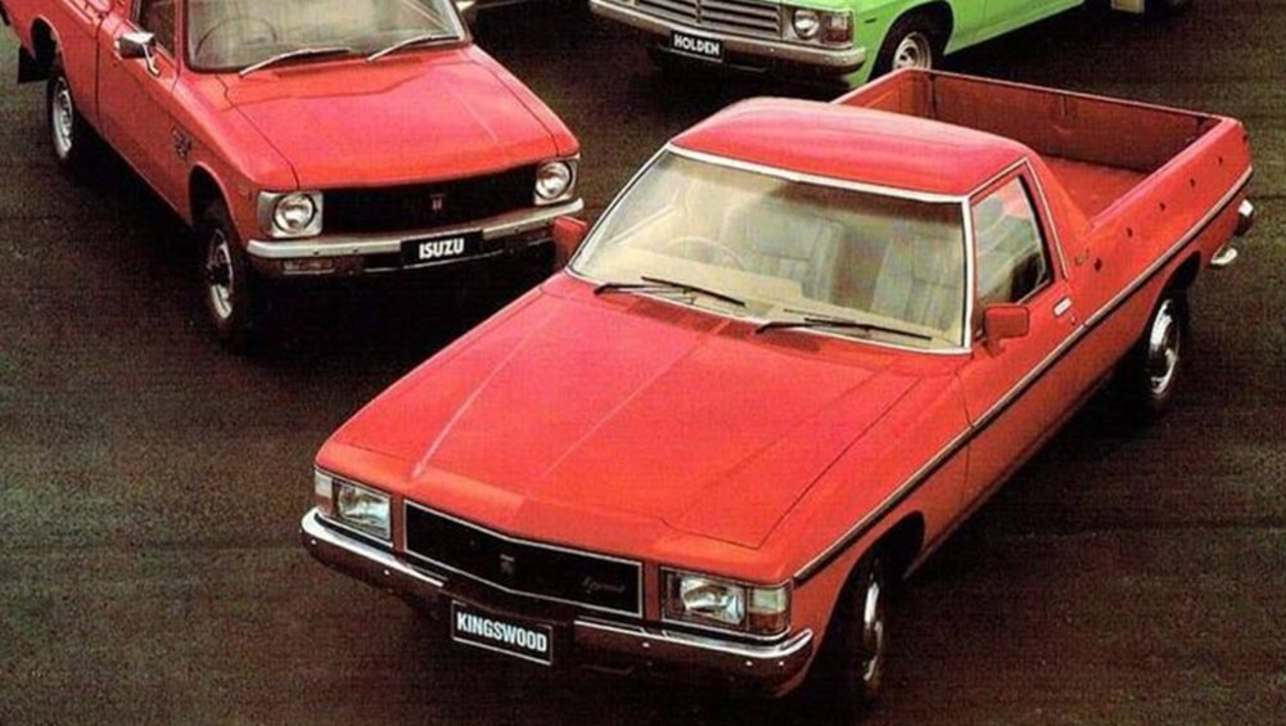





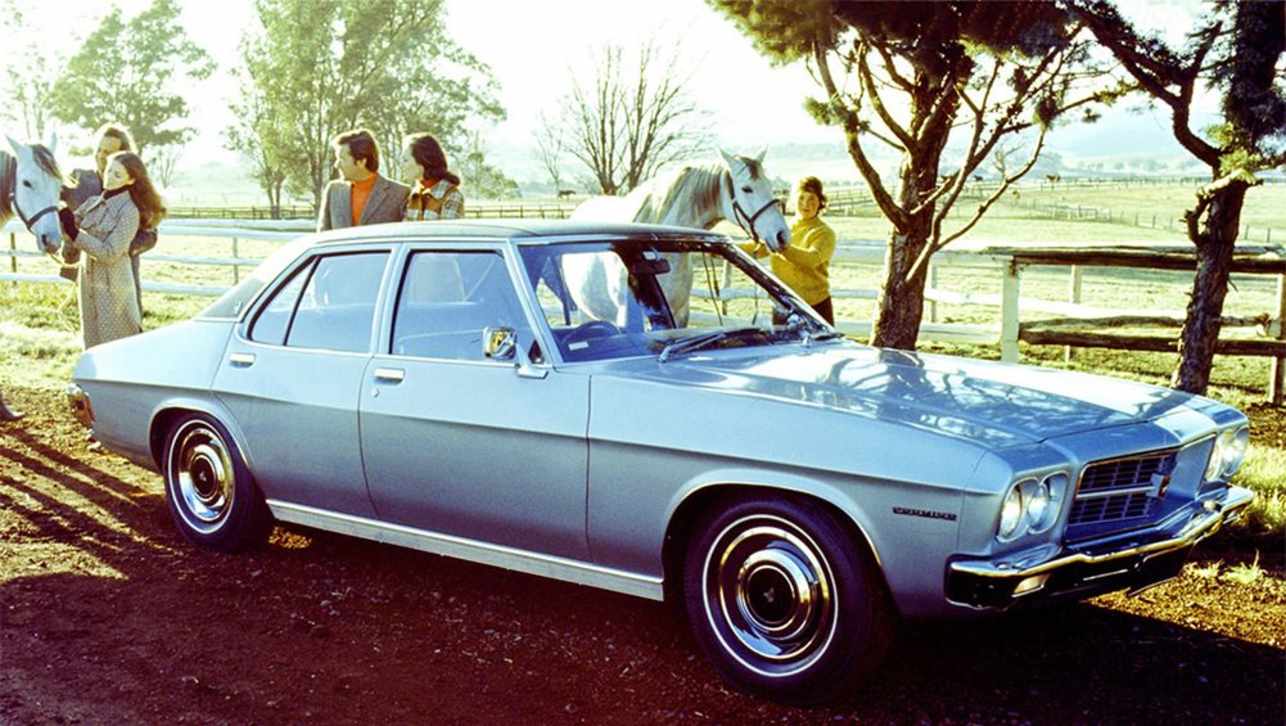










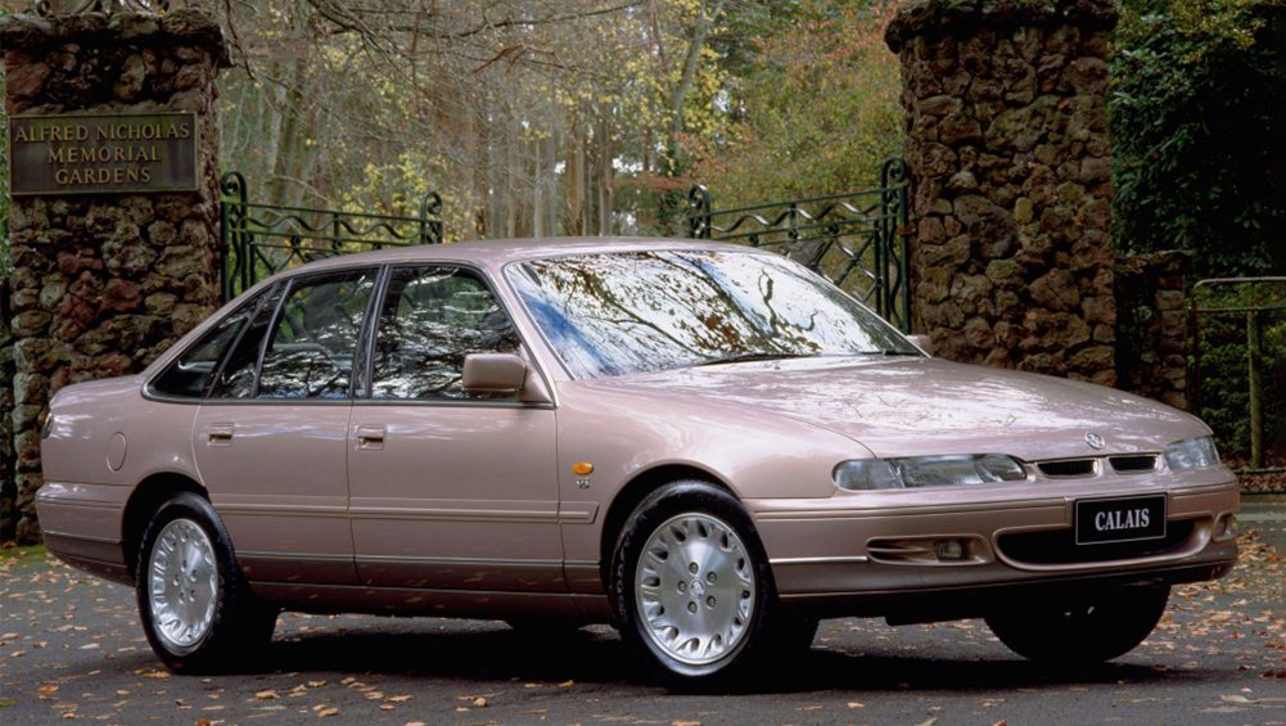
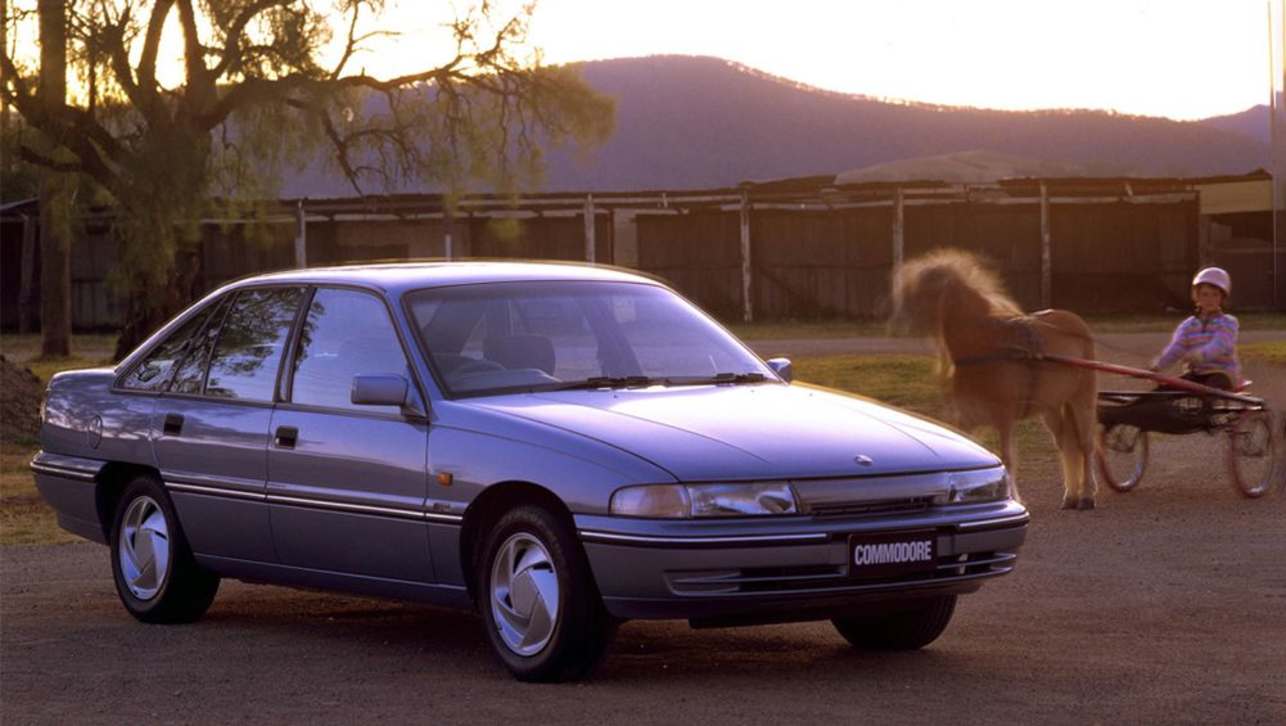

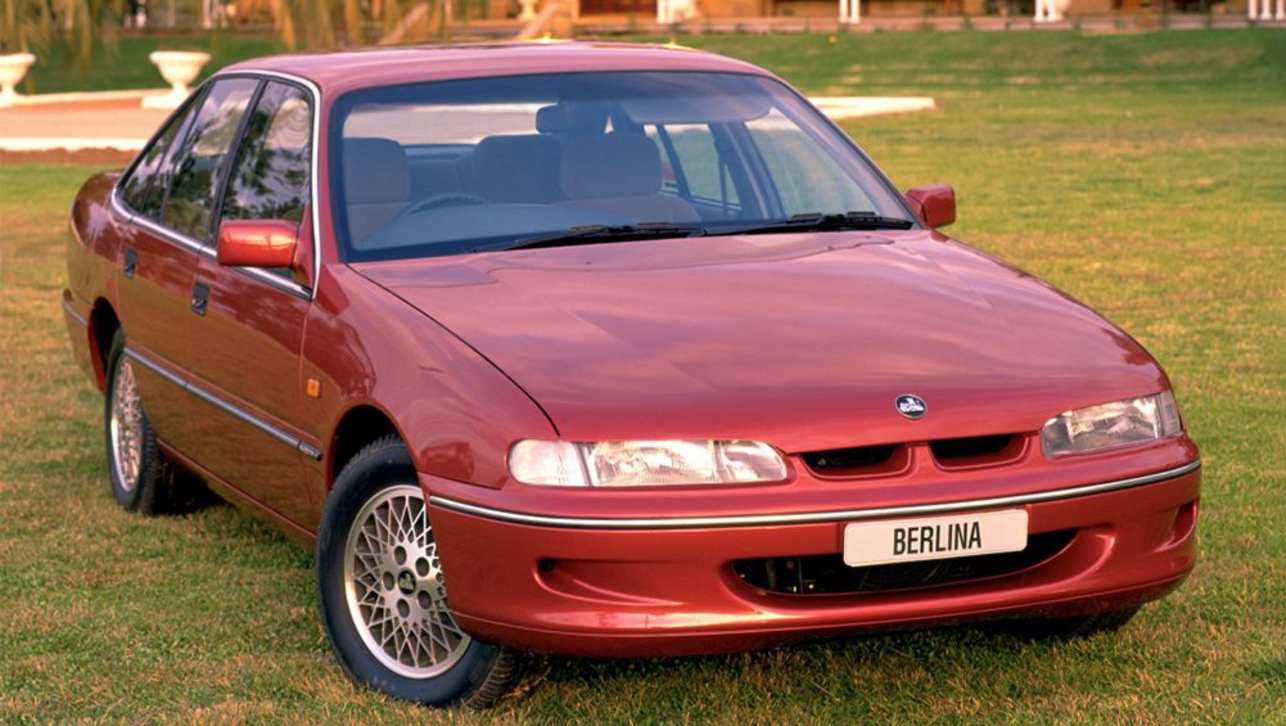







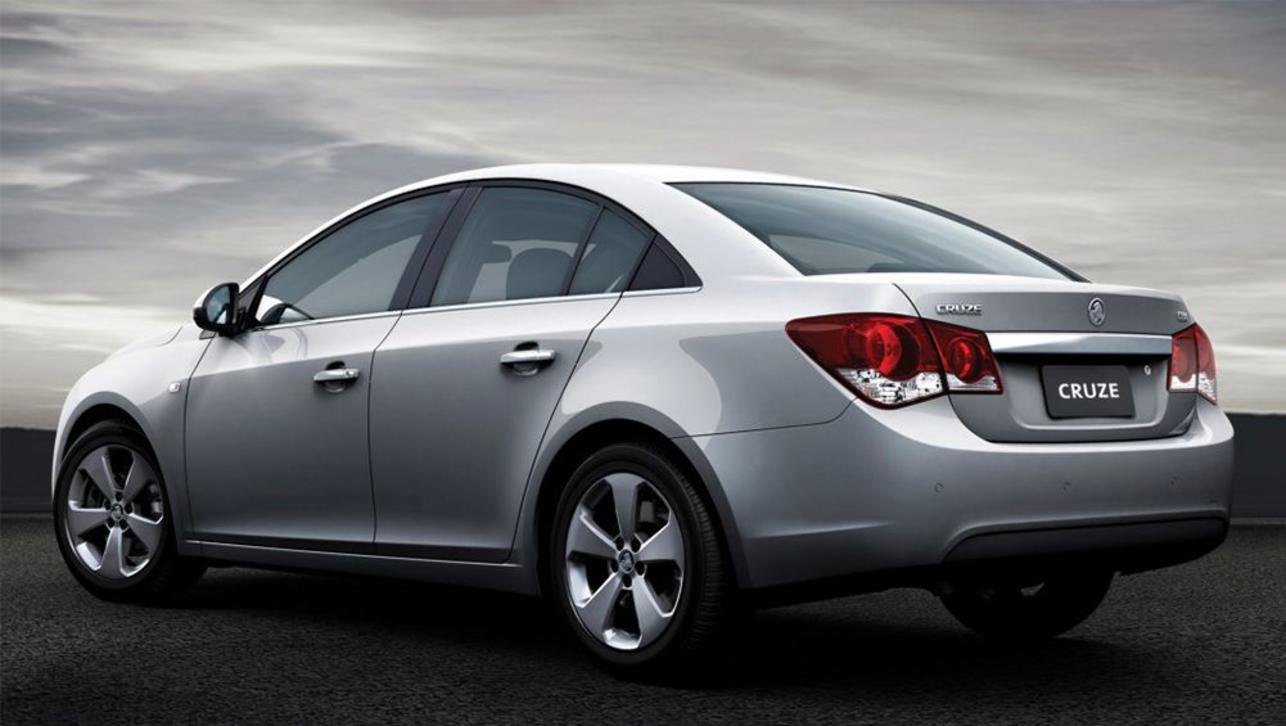


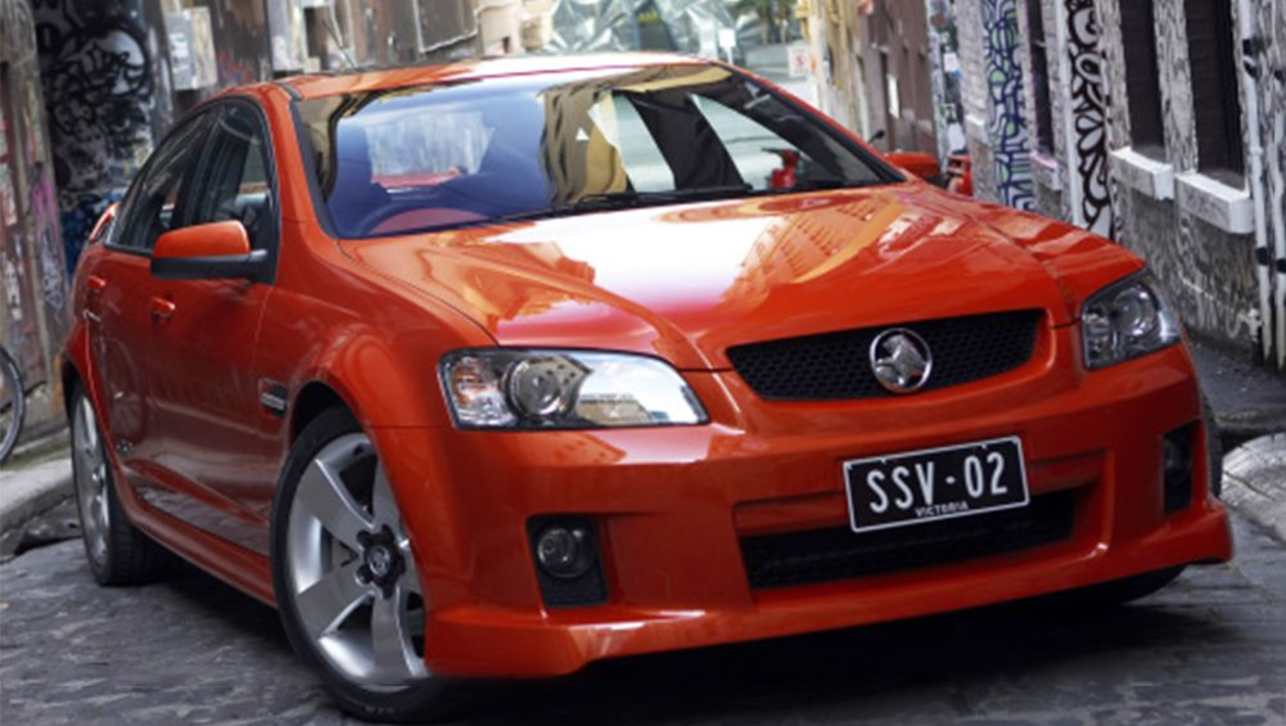






























.jpg)
.jpg)
.jpg)

.jpg)
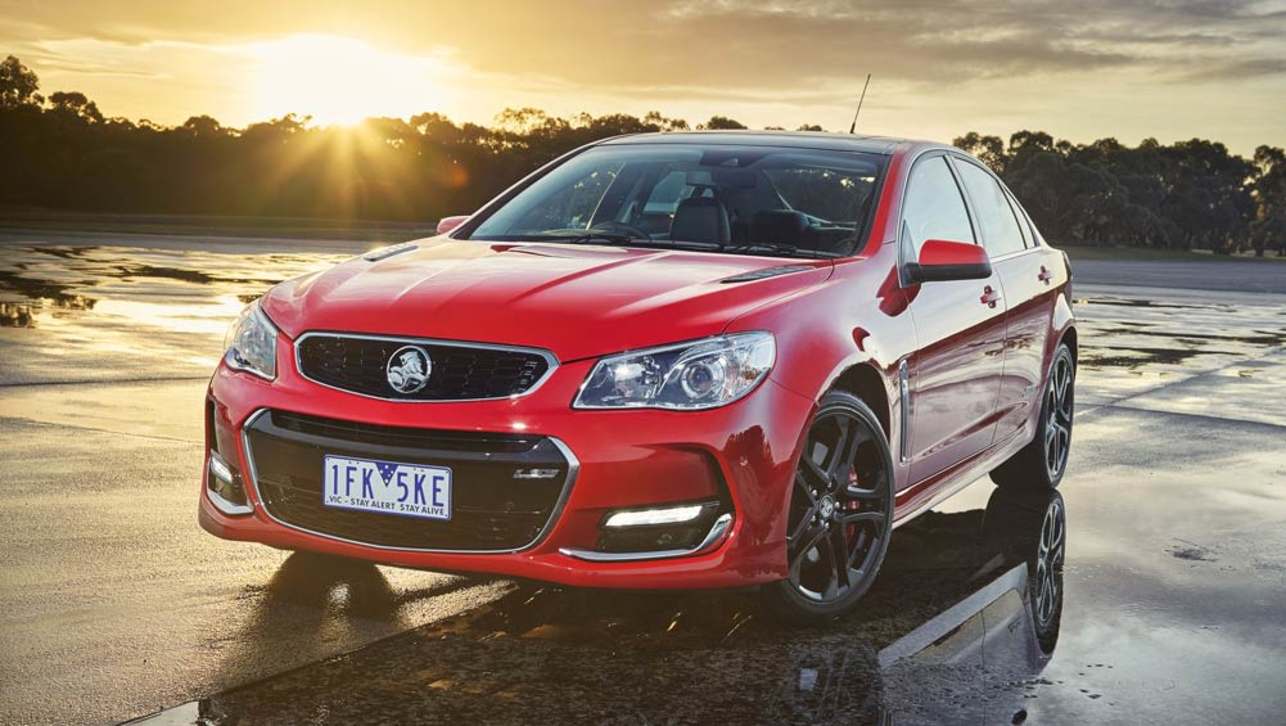
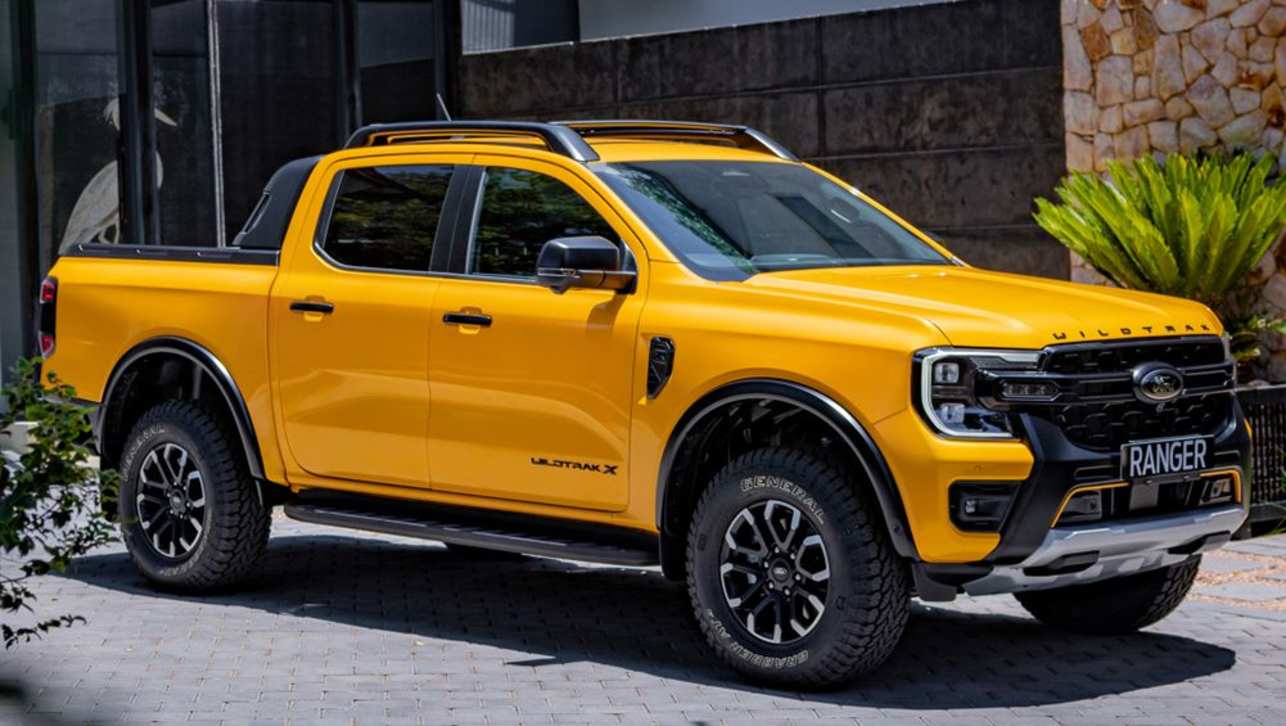





Comments